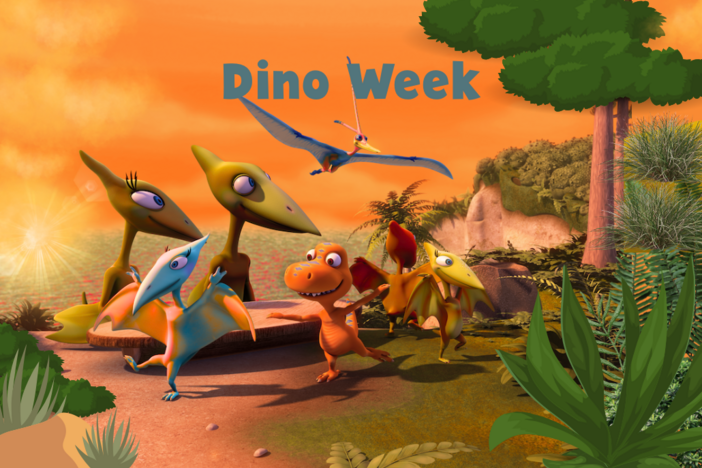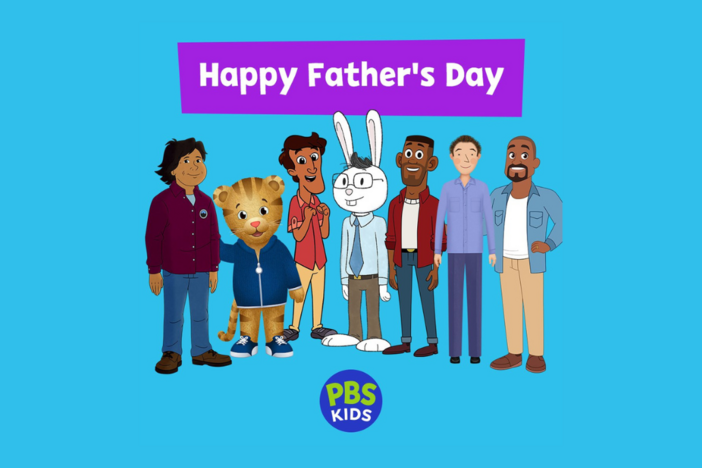
Section Branding
Header Content
Effective Strategies for the Struggling Reader
Primary Content

I teach high school reading and throughout the school year I read at least two (if not more) novels as a whole class. I personally feel like one of the most effective reading strategies for a struggling reader is to hear a proficient and fluent reader read to them. I model my comprehension techniques throughout the process and I stop frequently to check for understanding. I also always have copies of the book (and normally project it on my SmartBoard as well) so that the students can track my progress.
When performing a read aloud the teacher should focus on a comprehension strategy that will help his/her students deepen their thinking while reading. In order for students to master these strategies, they cannot be taught in isolation only; meaning that this strategy should be employed across academic disciplines and with a wide variety of texts.
Some of the comprehension strategies that I use include:
- Make Connections - the reader’s ability to connect events or characters in a text to one’s personal experience, events in the world or to other texts. Readers must make connections that lead to a better understanding of the text.
- Retell - the reader’s ability to recall the main events or important information in a text
- Self-Monitor - the reader’s ability to recognize confusion and clarify information
- Visualize - the reader’s ability to make mental pictures or sensory images
- Make inferences - the reader’s ability to make reasonable predictions, hypotheses, or draw conclusions
- Question - the reader’s ability to actively wonder, state uncertainties, interrogate the text.
- Analyze - the reader’s ability to recognize text structures (cause and effect, problem solution, compare and contrast, description), author’s craft, vocabulary, purpose, theme, point of view, genre
- Evaluate - the reader’s ability to determine what is important in a text, make judgements.
Student Conference
Another effective reading strategy that I employ is the strategy of student conferences. You can do these in small groups or individually. Reading conferences allow teachers the opportunity to monitor students’ use of strategies and to provide support after reading needs are assessed. Conferences create an opportunity for students to received individualized support.
In literature circles (this is another of my favorite strategies), small groups of students gather together to discuss a piece of literature in depth. The discussion is guided by students' response to what they have read. You may hear talk about events and characters in the book, the author's craft, or personal experiences related to the story. Collaboration is at the heart of this approach. Students reshape and add onto their understanding as they construct meaning with other readers.
As my students read independently I also have them fill out reading journals. One of my favorite reading journals is the Thinkmark. There are many different ways to do Thinkmarks but basically a Thinkmark is a way for students to organize their thoughts as they read.
They choose from a list of codes such as c for clarify or s for summarize, write the page number on which they stopped reading and then write approximately two sentences using whichever reading strategy they chose from the list. Here is a link to my favorite version.
When they are finished with the novel, I allow them to use these on their final tests. This encourages GOOD journals throughout reading.
A last strategy that I use to ensure that my students have mastered the content we’ve covered in a novel is to have them complete some sort of project based assessment.
We just recently read Artemis Fowl in my reading class. The book series is about a teen criminal mastermind who works with fairies to resolve conflicts.

As a final project I had them create their own “fairy books." They made a guide for incoming freshmen the next school year.
Like the books in Artemis Fowl, they had to write theirs in code and then have the other groups translate them. This project required them to research various written forms of code and determine which one would work best for their project.
They also had to decide which rules or instructions to include in their books; they could only choose ten. They had to then delegate responsibilities and decide who would be the artist, the writer, the presenter, etc. They had to review the book to make sure their projects were true to the novel as well. It amazed me that some of my more reserved students thrived during this assignment and students that were not normally leaders, assumed the position and ran with it.
Perhaps the BEST strategy I can give you is the strategy of knowing your students. One thing I’ve learned from teaching twelve years of classes with ages spanning from four years to sixty is that everyone learns differently. No one strategy is applicable to EVERY child. Get to know your students, their strengths and their weaknesses and just enjoy watching them blossom into a reader.






